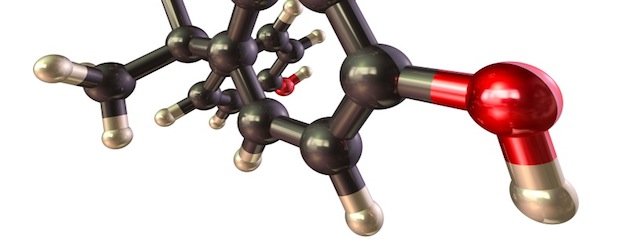
The U.S. Food and Drug Administration announced last week that it will not ban BPA, the on-again off-again controversial chemical used in a variety of food packaging applications. This announcement from FDA is the most recent in a long string of protests, promises, and petitions. This time, FDA issued a slightly anti-climactic, “it appears safe but we still don’t know.” When BPA issues were first raised by consumers, FDA initially claimed that they could not regulate it and essentially absolved themselves from ongoing participation in the discussion. Later, it appeared that they were siding with consumers and using language that discouraged BPA. Eventually FDA promised to investigate the safety of BPA and publish their findings, doing so last Friday. Regardless of their findings (“appears to be safe”), FDA has again been the last runner to cross the finish line, well behind consumers, manufacturers, and everyone else in the industry.
Celerity Over Authority
The combination of FDA’s initial dithering on the subject, early leanings toward banning BPA, slowness in publishing their findings, and their new position that BPA appears safe creates a wake of implications for consumers and the food industry. Two major takeaways:
1. BPA is effectually banned already no matter what FDA says. It’s pink slime all over again. The public doesn’t want it, manufacturers change to reflect the public’s wishes, and retailers align with whatever outcome results in the most purchases. As soon as babies were mentioned, the BPA coffin was nailed shut.
2. The industry must replace BPA (one of the oldest chemicals in use for food packaging) with other chemicals. Cans still need liners and plastic still needs to be plastic, so some other chemical must step in to fill the void that BPA will leave. What consumers don’t realize is that many of these alternatives have their own risks associated with them, not to mention the possibility of an overall increase in product costs. This move to other chemicals sets the whole cycle in motion again.
FDA’s sluggish response to the issue allowed, by default, the authoritative ruling to fall to industry which, in turn, looked to consumers to guide them. Public opinion was as much formed by FDA’s lack of action as by media coverage and pop-reporting on the dangers of BPA. Is BPA safe? FDA says there’s no research to support that it’s not. Industry says it doesn’t matter because it will do whatever consumers want and consumers have already declared it cursed based on what’s been published in the media. The book has been opened, read, and closed and FDA has been asleep the whole time.
Sources
http://www.jsonline.com/watchdog/watchdogreports/81901927.html
https://www.gplus.com/containers/insight/bpa-has-alternatives-but-there-are-tradeoffs-36785

